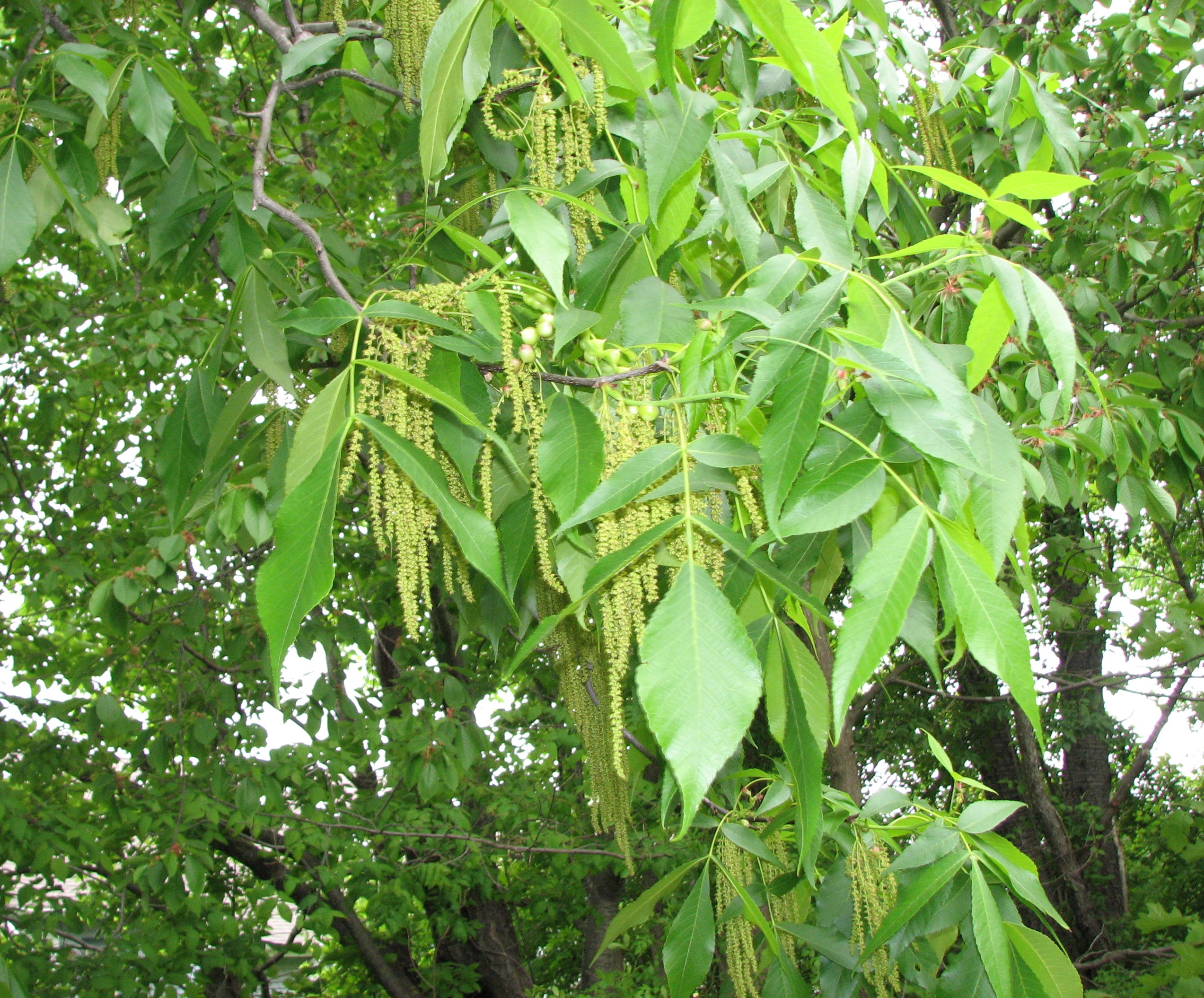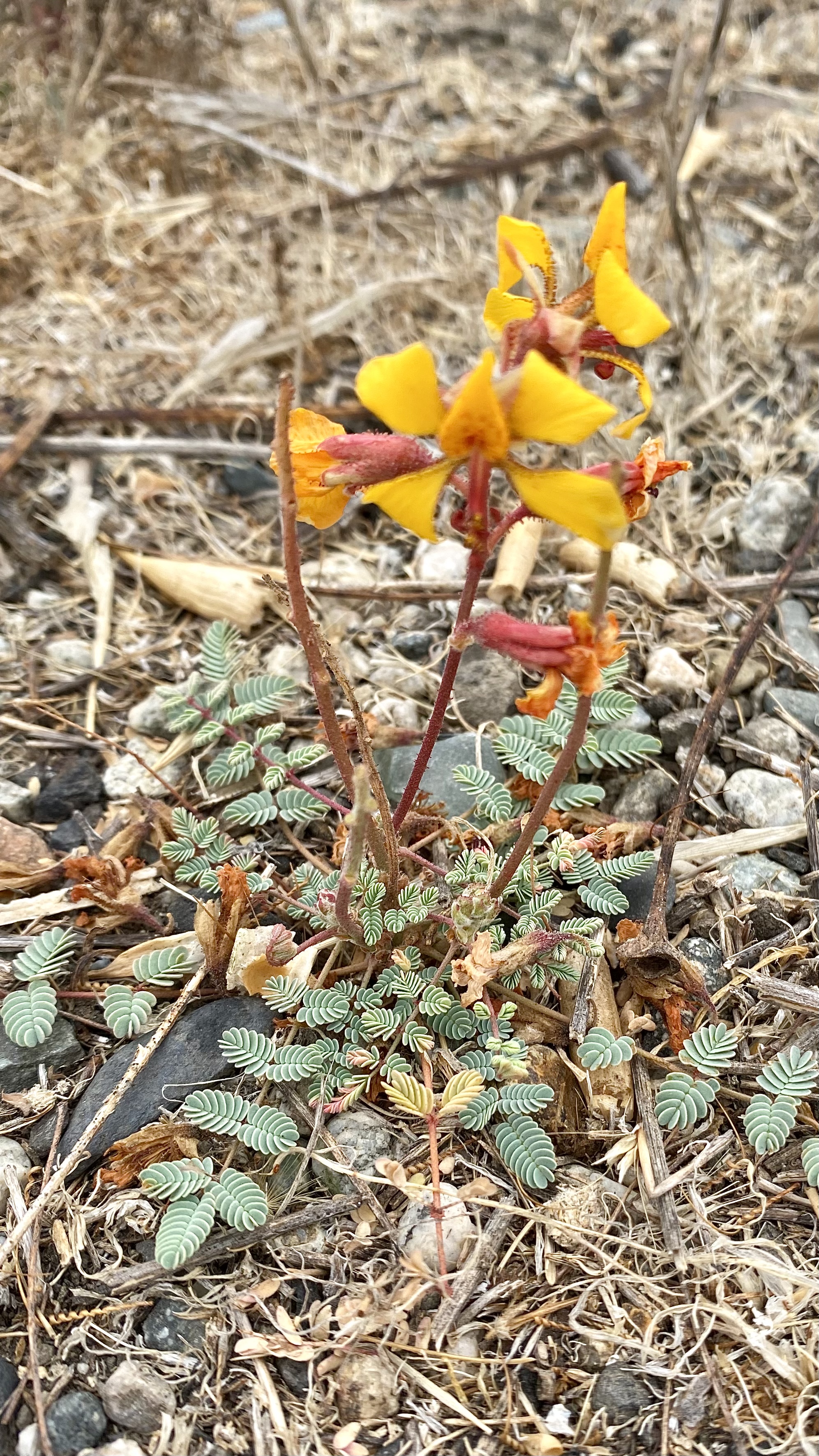|
Pignut
Hognut or pignut can mean any of a number of unrelated plants: * ''Bunium bulbocastanum'' (black cumin) or '' Conopodium majus'' (kippernut) of the Apiaceae * rushpeas, particularly ''Hoffmannseggia glauca'' (Indian rushpea) and ''Hoffmannseggia densiflora ''Hoffmannseggia'' is a genus of flowering plants in the pea family, Fabaceae, known generally as rushpeas. These are pod-bearing herbs and subshrubs native to the Americas and southern Africa. The generic name honors Johann Centurius, Count of ...'', of the Fabaceae * '' Carya glabra'' (pignut hickory) of the Juglandaceae * '' Hyptis suaveolens'' (chan) of the Lamiaceae {{plant common name ... [...More Info...] [...Related Items...] OR: [Wikipedia] [Google] [Baidu] |
Carya Glabra
''Carya glabra'', the pignut hickory, is a common, but not abundant species of hickory in the oak-hickory forest association in the Eastern United States and Canada. Other common names are pignut, sweet pignut, coast pignut hickory, smoothbark hickory, swamp hickory, and broom hickory. The pear-shaped nut ripens in September and October, has a sweet maple like smell, and is an important part of the diet of many wild animals. The wood is used for a variety of products, including fuel for home heating. Its leaves turn yellow in the Fall. Habitat Native range The range of pignut hickory covers nearly all of the eastern United States (11). The species grows in central Florida and northward through North Carolina to southern Massachusetts. It also grows north of the Gulf Coast through Alabama, Mississippi north to Missouri and extreme southeastern Iowa, and the Lower Peninsula of Michigan . The best development of this species is in the lower Ohio River Basin. It prevails over o ... [...More Info...] [...Related Items...] OR: [Wikipedia] [Google] [Baidu] |
Conopodium Majus
''Conopodium majus'' is a perennial herbaceous flowering plant in the celery family Apiaceae. Its underground part resembles a chestnut and is sometimes eaten as a wild or cultivated root vegetable. The plant has many English names (many of them shared with ''Bunium bulbocastanum'', a related plant with similar appearance and uses) variously including kippernut, cipernut, arnut, jarnut, hawknut, earth chestnut, groundnut, and earthnut. From its popularity with pigs come the names pignut, hognut, and more indirectly Saint Anthony's nut, for Anthony the Great or Anthony of Padua, both patron saints of swineherds. (See groundnut, earthnut, and hognut for other plants which share these names.) Description It has a smooth, slender, stem, up to high, much-divided leaves, and small, white flowers in many-rayed terminal compound umbels. The rounded "nut" (inconsistently described by authorities as a tuber, corm, or root) is similar to a chestnut in its brown colour and its size (up ... [...More Info...] [...Related Items...] OR: [Wikipedia] [Google] [Baidu] |
Bunium Bulbocastanum
''Bunium bulbocastanum'' is a plant species in the family Apiaceae. It was once used as a root vegetable in parts of western Europe, and has been called great pignut or earthnut. Growth The plant is native to western Europe. It reaches about tall and wide, bearing frilly leaves and hermaphroditic flowers; it is pollinated by insects and self-fertile. The small, rounded taproot is edible raw or cooked, and said to taste like sweet chestnuts. The leaf can be used as an herb or garnish similar to parsley Parsley, or garden parsley (''Petroselinum crispum'') is a species of flowering plant in the family Apiaceae that is native to the central and eastern Mediterranean region (Sardinia, Lebanon, Israel, Cyprus, Turkey, southern Italy, Greece, Por .... References External links * * {{Taxonbar, from=Q252331 Apioideae Flora of Europe Edible Apiaceae Spices Root vegetables Plants described in 1753 Taxa named by Carl Linnaeus ... [...More Info...] [...Related Items...] OR: [Wikipedia] [Google] [Baidu] |
Rushpea
''Hoffmannseggia'' is a genus of flowering plants in the pea family, Fabaceae, known generally as rushpeas. These are pod-bearing herbs and subshrubs native to the Americas and southern Africa. The generic name honors Johann Centurius, Count of Hoffmannsegg, a nineteenth-century German nobleman and botanist. Selected species ''Hoffmannseggia'' comprises the following species: * ''Hoffmannseggia aphylla'' (Phil.) G. P. Lewis & Sotuyo * ''Hoffmannseggia arequipensis'' Ulibarri * ''Hoffmannseggia doelli'' Phil. ** subsp. ''argentina'' Ulibarri ** subsp. ''doellii'' Phil. * ''Hoffmannseggia drepanocarpa'' A. Gray—sicklepod holdback * ''Hoffmannseggia drummondii'' Torr. & A. Gray—dwarf nicker * ''Hoffmannseggia erecta'' Phil. * ''Hoffmannseggia eremophila'' (Phil.) Burkart ex Ulibarri * '' Hoffmannseggia glauca'' (Ortega) Eifert—Indian rushpea, pig-nut, hog potato * ''Hoffmannseggia humilis'' (Mart. & Galeotti) Hemsl. * ''Hoffmannseggia intricata'' Brandegee ... [...More Info...] [...Related Items...] OR: [Wikipedia] [Google] [Baidu] |
Hoffmannseggia Glauca
''Hoffmannseggia glauca'' is a dicot found in the legume family, Fabaceae. Its common names include Indian rushpea, hog potato, and pig nut. It is a California native which prefers alkaline desert flats, creosote bush communities, and disturbed areas. It prefers elevations of less than . ''Hoffmannseggia glauca'' is found outside California in Western Nevada, Texas, Mexico and South America. In California ''H. glauca'' may be found in the San Joaquin Valley, Southern Coastal Ranges, and Western Transverse Ranges. Description ''Hoffmannseggia glauca'' is an erect perennial herb and can measure up to 30 cm tall. Branches are slender, growing out from the base of the plant, and have stalked glands. The foliage is composed of compound leaves with primary and secondary leaflets. Primary leaflets (5–20 mm) are odd-pinnate while secondary leaflets (4–6 mm) are even-pinnate. The inflorescence measures 5–15 cm and is glandular. Flowers are orange- ... [...More Info...] [...Related Items...] OR: [Wikipedia] [Google] [Baidu] |
Hoffmannseggia Densiflora
''Hoffmannseggia'' is a genus of flowering plants in the pea family, Fabaceae, known generally as rushpeas. These are pod-bearing herbs and subshrubs native to the Americas and southern Africa. The generic name honors Johann Centurius, Count of Hoffmannsegg, a nineteenth-century German nobleman and botanist. Selected species ''Hoffmannseggia'' comprises the following species: * ''Hoffmannseggia aphylla'' (Phil.) G. P. Lewis & Sotuyo * ''Hoffmannseggia arequipensis'' Ulibarri * ''Hoffmannseggia doelli'' Phil. ** subsp. ''argentina'' Ulibarri ** subsp. ''doellii'' Phil. * ''Hoffmannseggia drepanocarpa'' A. Gray—sicklepod holdback * ''Hoffmannseggia drummondii'' Torr. & A. Gray—dwarf nicker * ''Hoffmannseggia erecta'' Phil. * ''Hoffmannseggia eremophila'' (Phil.) Burkart ex Ulibarri * ''Hoffmannseggia glauca'' (Ortega) Eifert—Indian rushpea, pig-nut, hog potato * ''Hoffmannseggia humilis'' (Mart. & Galeotti) Hemsl. * ''Hoffmannseggia intricata'' Brandegee ... [...More Info...] [...Related Items...] OR: [Wikipedia] [Google] [Baidu] |

